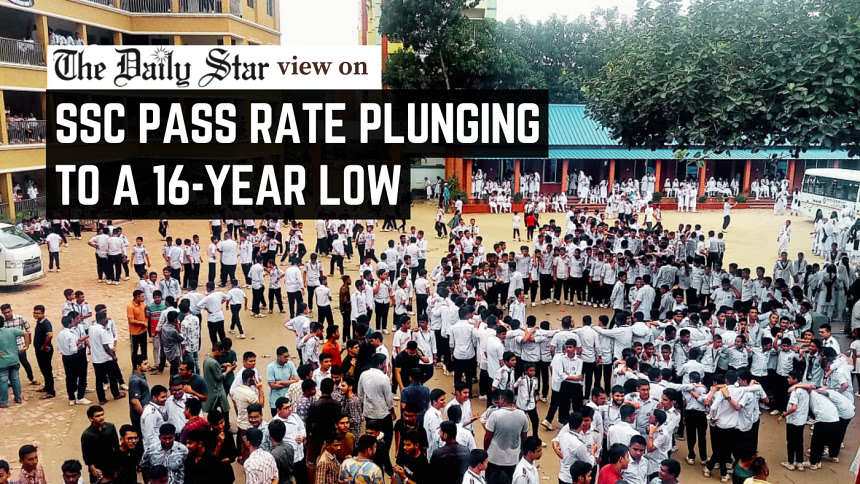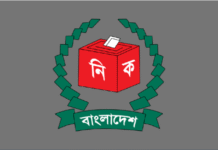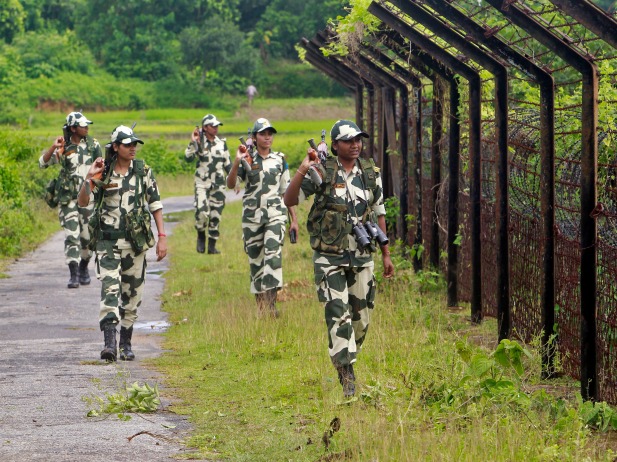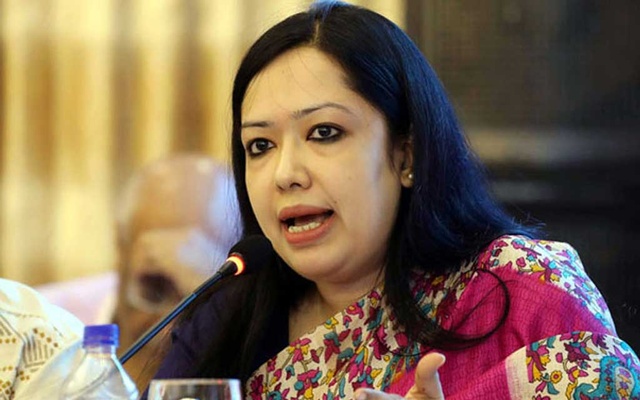It’s time to fix the root causes of our learning crisis
The results of this year’s SSC and equivalent exams, though not what many had expected, mark a welcome shift towards restoring credibility in public exam evaluation. It also marks a departure—decisively, one hopes—from the regressive trend of compromising the quality of pre-tertiary exams through auto-passes or subject/syllabus-related concessions, something that we have seen even in the early days of the interim government. We, therefore, commend the authorities for finally restoring merit-based assessment without succumbing to any sociopolitical pressure for higher grades. As education officials have said, this year’s results reflect students’ actual performance. That in itself is something worth recognising.
According to official data, the pass rate across all nine general education boards has dropped to 68.04 percent—the lowest in 16 years—while the combined pass rate across all boards, including general, madrasa, and technical, has fallen to 68.45 percent. The number of GPA-5 achievers has also declined significantly. Conversely, the number of students who failed has exceeded six lakh. Meanwhile, girls have once again outperformed boys in both pass rate and GPA scores, continuing a near-decade-long trend. Among the general education boards, Rajshahi recorded the highest pass rate at 77.63 percent, while Barishal ranked lowest with just 56.38 percent. Equally concerning is the 53.87 percent pass rate in the humanities group, which lags far behind science (85.68 percent) and business studies (66.32 percent).
These numbers are all quite sobering, raising concern among parents and educators alike. The question is, should we treat this as a disaster or as a reflection of ground realities that have long been masked? By all accounts, the answer lies in the latter. This year, examiners were reportedly instructed to evaluate students’ answer scripts based on merit. No extra or grace marks were awarded. But the problem runs much deeper, of course.
School education has faced repeated disruptions and closures over the past six years owing to the effects of the pandemic and persistent political unrest. SSC students, in particular, often missed out on regular classroom learning from classes 6 through 10. The academic, social and psychological effects of all such disruptions on the young minds, which we have long anticipated, are becoming increasingly evident. Coupled with stricter evaluation and apparently more “difficult” question papers, especially in mathematics, it is little surprise that the SSC results have turned out as they have.
Each of these factors exposes troubling gaps in learning and system readiness that we must address going forward. But first, we should remember that poor results can lead to increased dropout rates, especially among girls and in rural and poorer regions—a trend we must prevent through prompt interventions this time. Equally importantly, it’s time we stopped equating higher pass rates or GPA-5 scores with success. This obsession with inflated results has fostered a toxic culture of competition over the years and even led to many cases of suicide among students. What we should instead focus on is improving learning and eliminating the culture of frequent academic disruptions for the long-term future of our students and nation.
The education sector is crying for reforms and systemic improvement. We must not fail to do that, not after the result debacle we have just witnessed.
Source: The Daily Star










